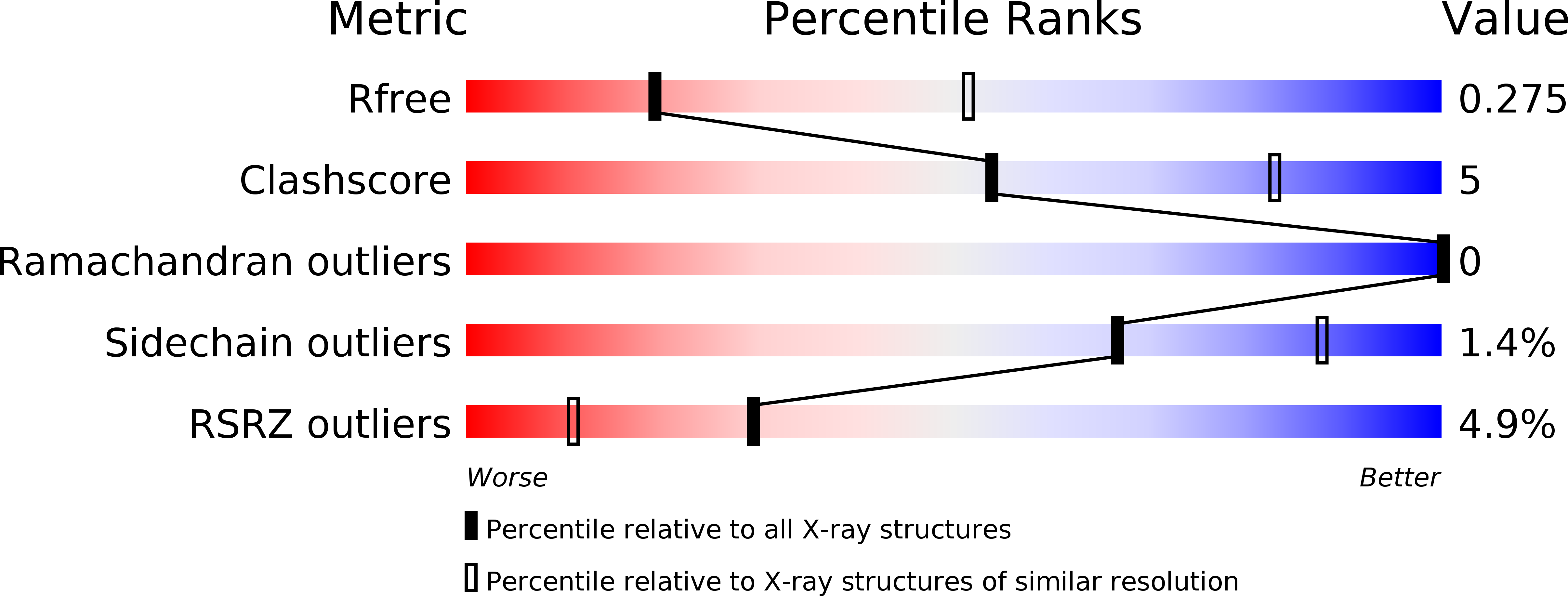
Deposition Date
2018-07-11
Release Date
2019-02-13
Last Version Date
2024-11-20
Entry Detail
PDB ID:
6A93
Keywords:
Title:
Crystal structure of 5-HT2AR in complex with risperidone
Biological Source:
Source Organism:
Homo sapiens (Taxon ID: 9606)
Escherichia coli (Taxon ID: 562)
Escherichia coli (Taxon ID: 562)
Host Organism:
Method Details:
Experimental Method:
Resolution:
3.00 Å
R-Value Free:
0.27
R-Value Work:
0.24
R-Value Observed:
0.24
Space Group:
C 1 2 1


